Results
-
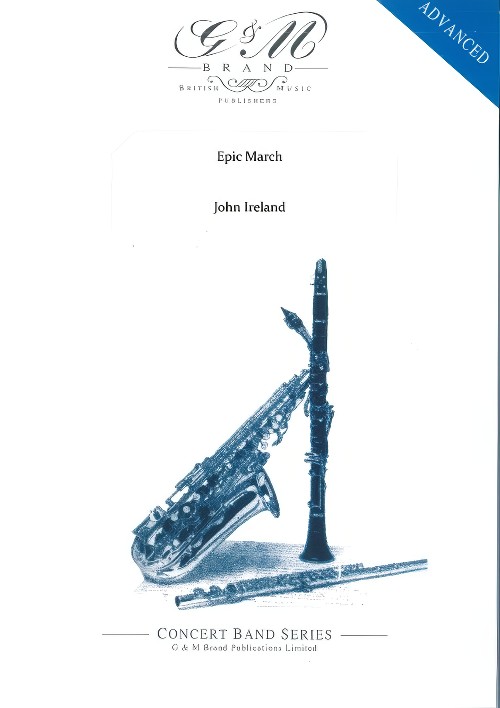 £16.95
£16.95Epic March (Concert Band - Score Only) - Ireland, John - Brand, Geoffrey
This march falls squarely in the tradition started by Elgars Pomp and Circumstance set through Waltons Crown Imperial and is a fitting companion to these all. Written in 1942 to a commission by the BBC the march was first performance in its original version in the Proms Concert Series at the Royal albert Hall. Unusually for a wind band piece there is an optional organ part, taken from Irelands original orchestral score.
Estimated dispatch 7-14 working days
-
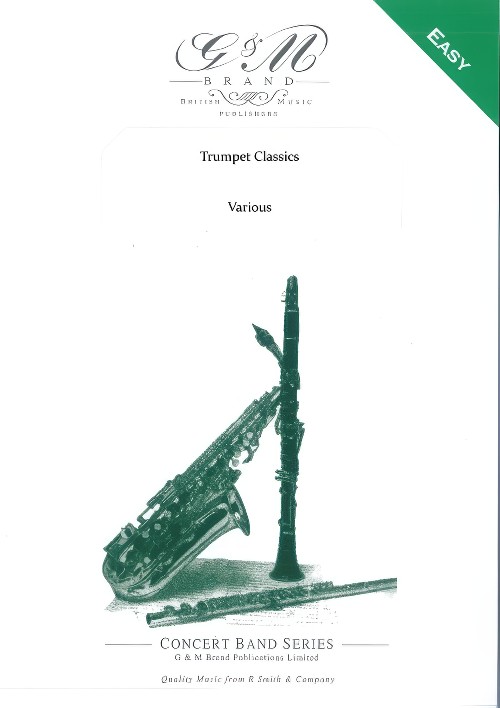 £49.95
£49.95Trumpet Classics (Trumpet Solo) (Concert Band - Score and Parts) - Johnson, Stuart
Trumpet Tune - John Stanley (1713-1786) was an English organist and composer despite being blinded by an accident when he was only two years old, He learned music when he was seven and held several prestigious appointments as organist in London churches. He wrote Masques, Concertos for Strings, and three sets of Organ Voluntaries. Andante from Trumpet Concerto - This is the second movement of the well known Trumpet Concerto written in 1796 when Haydn was 64: a mature work therefore. Johnson, Stuart has cleverly transposed the piece into F Major (G Major for the Trumpet) and also replaced the original 6/8 with 6/4, making notation more accessible for younger players.
Estimated dispatch 7-14 working days
-
 £9.95
£9.95Trumpet Classics (Trumpet Solo) (Concert Band - Score Only) - Johnson, Stuart
Trumpet Tune - John Stanley (1713-1786) was an English organist and composer despite being blinded by an accident when he was only two years old, He learned music when he was seven and held several prestigious appointments as organist in London churches. He wrote Masques, Concertos for Strings, and three sets of Organ Voluntaries. Andante from Trumpet Concerto - This is the second movement of the well known Trumpet Concerto written in 1796 when Haydn was 64: a mature work therefore. Johnson, Stuart has cleverly transposed the piece into F Major (G Major for the Trumpet) and also replaced the original 6/8 with 6/4, making notation more accessible for younger players.
Estimated dispatch 7-14 working days
-
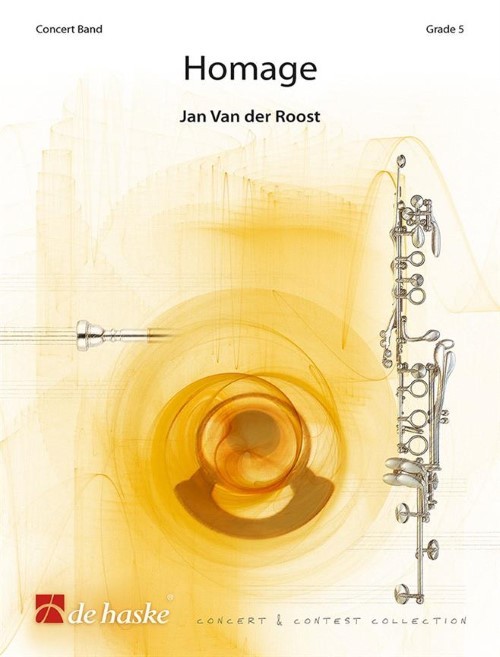 £109.99
£109.99Homage (Concert Band - Score and Parts) - Van der Roost, Jan
In the most literal sense: a piece for an occasion. The actual occasion was Jan de Haan's twentieth anniversary as a conductor of the top Dutch brass band, "Soli Deo Gloria" (Leeuwarden). To mark the occasion, the band commissioned the Belgian composer Jan Van der Roost to create a surprise piece: without knowledge of the person being celebrated, a suitable source of inspiration was sought for. After some thought the chorale-theme from Camille Saint-Sans organ symphony was chosen, a piece with which Jan de Haan has a special bond. Apart from this chorale, Homage is also based on the names of notes taken from 'Jan de Haan' and 'Soli Deo Gloria', resulting in the tone row: DEGAH. Both elements are combined together and form a grand climax towards the end of the piece when the whole band unites in the Saint Sans' theme.Duration: 5:30
Estimated dispatch 7-14 working days
-
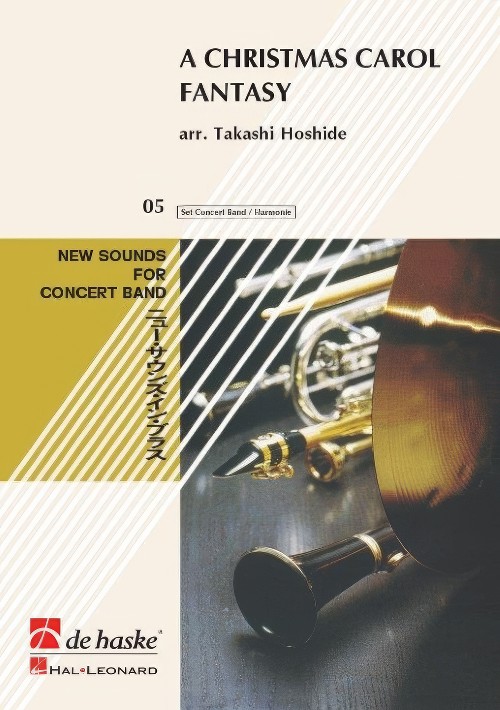 £118.99
£118.99A Christmas Carol Fantasy (Concert Band - Score and Parts) - Hoshide, Takashi
A fantastic medley for concert band, with optional organ part and optional electric or acoustic guitar, of no fewer than seven of the best-loved Christmas carols of all time. You will hear the delights of O Come All ye Faithful, Joy to the World, The First Noel, Deck the Halls, Hark the Herald, O Tannenbaum and O Little Town of Bethlehem all given that special something that is present in all publications from the 'New Sounds for Concert Band' series. An ideal piece to either open or bring to a close your Christmas concert.Duration: 7:30
Estimated dispatch 7-14 working days
-
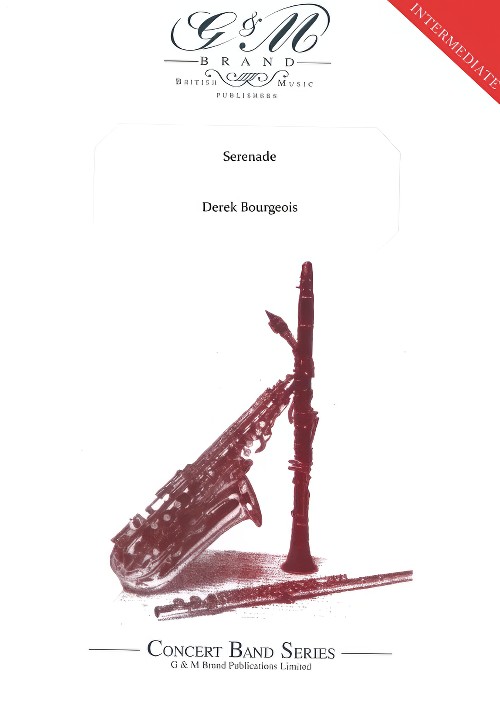 £59.95
£59.95Serenade (Concert Band - Score and Parts) - Bourgeois, Derek
Delight listeners with this lighthearted work. Bourgeois, Derek wrote the Serenade for his own wedding, to be played by the organist as the guests left the ceremony. Not wishing to allow them the luxury of proceeding in an orderly 2/4, the composer wrote the work in 11/8, and in case anyone felt too comfortable, he changed it to 13/8 in the middle! The work has now been released in a number of different orchestrations of the original version for organ.
Estimated dispatch 7-14 working days
-
 £11.95
£11.95Serenade (Concert Band - Score Only) - Bourgeois, Derek
Delight listeners with this lighthearted work. Bourgeois, Derek wrote the Serenade for his own wedding, to be played by the organist as the guests left the ceremony. Not wishing to allow them the luxury of proceeding in an orderly 2/4, the composer wrote the work in 11/8, and in case anyone felt too comfortable, he changed it to 13/8 in the middle! The work has now been released in a number of different orchestrations of the original version for organ.
Estimated dispatch 7-14 working days
-
 £23.99
£23.99Introitus (SATB Choral Octavo - Pack of 25) - De Haan, Jacob
The Latin word "Introitus" means 'entry'. Originally, this was a psalm sung to accompany the entrance of a bishop, priest or celebrant into the church. Later it was incorporated into the mass with alternating sung and spoken text, reflecting the mood of the liturgy. Jacob de Haan's Introitus, in which he has arranged the hymns Puer natus est nobis and Lobt Gott, Ihr Christen alle gleich, is a wonderful introduction to the Christmas season and can be performed with any instrumental combination with mixed choir and organ ad libitum. Duration: 4:00
Estimated dispatch 7-14 working days
-
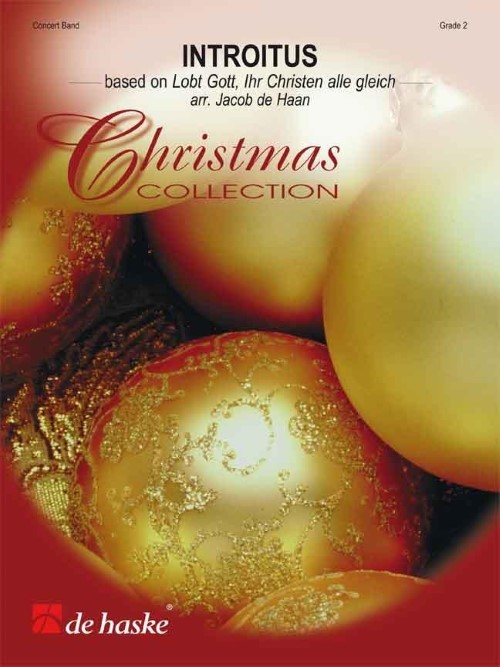 £84.99
£84.99Introitus (SATB Choir with Concert Band - Score and Parts) - De Haan, Jacob
The Latin word "Introitus" means 'entry'. Originally, this was a psalm sung to accompany the entrance of a bishop, priest or celebrant into the church. Later it was incorporated into the mass with alternating sung and spoken text, reflecting the mood of the liturgy. Jacob de Haan's Introitus, in which he has arranged the hymns Puer natus est nobis and Lobt Gott, Ihr Christen alle gleich, is a wonderful introduction to the Christmas season and can be performed with any instrumental combination with mixed choir and organ ad libitum.Duration: 4:00
Estimated dispatch 7-14 working days
-
 £47.95
£47.95Chorale Prelude in Eb (Concert Band - Score and Parts) - Bach, Johann Sebastian - Kinyon, John
A beautiful arrangement of one of J. S. Bach's most delightful organ works. Perfect for the growing band.
Estimated dispatch 7-14 working days
